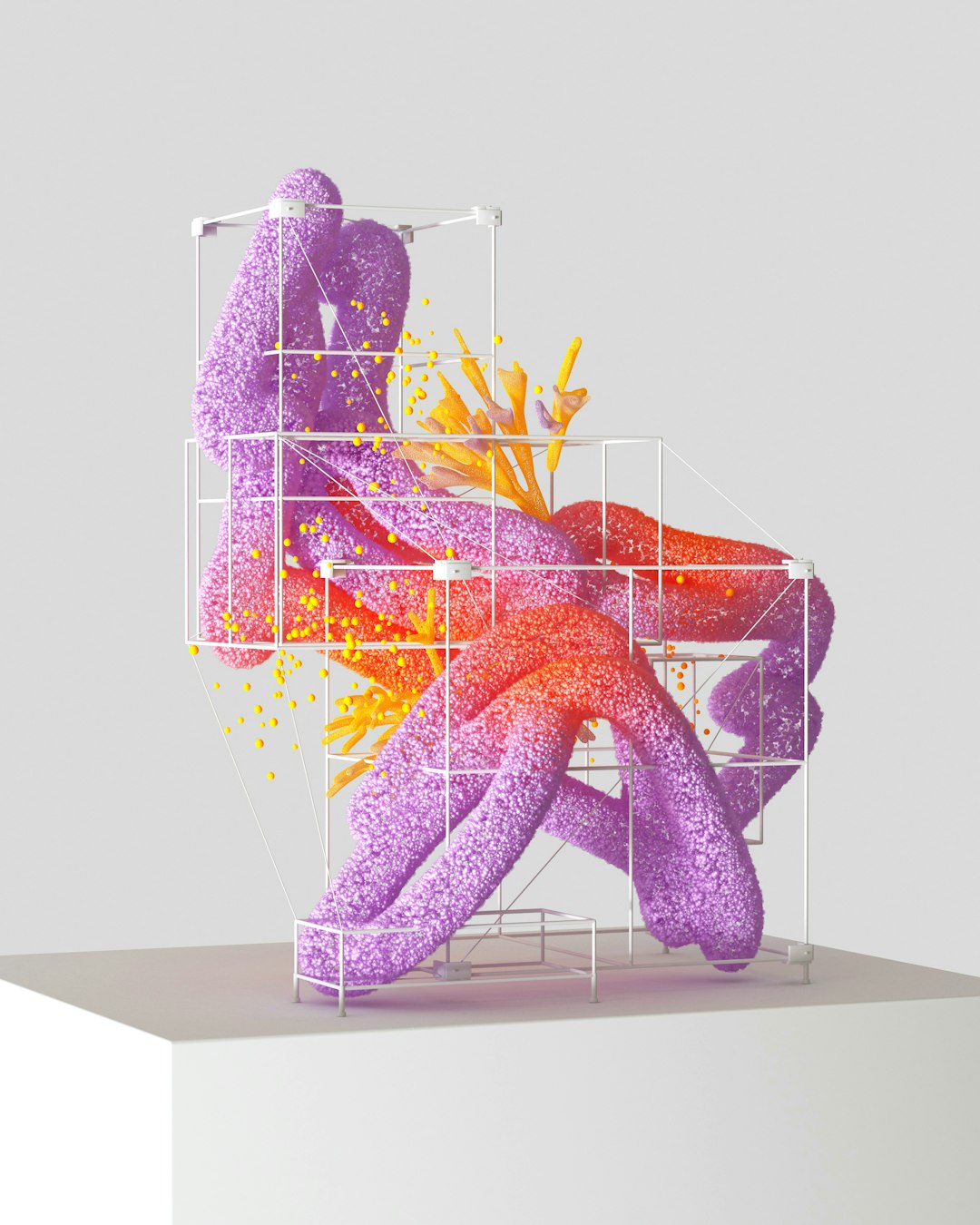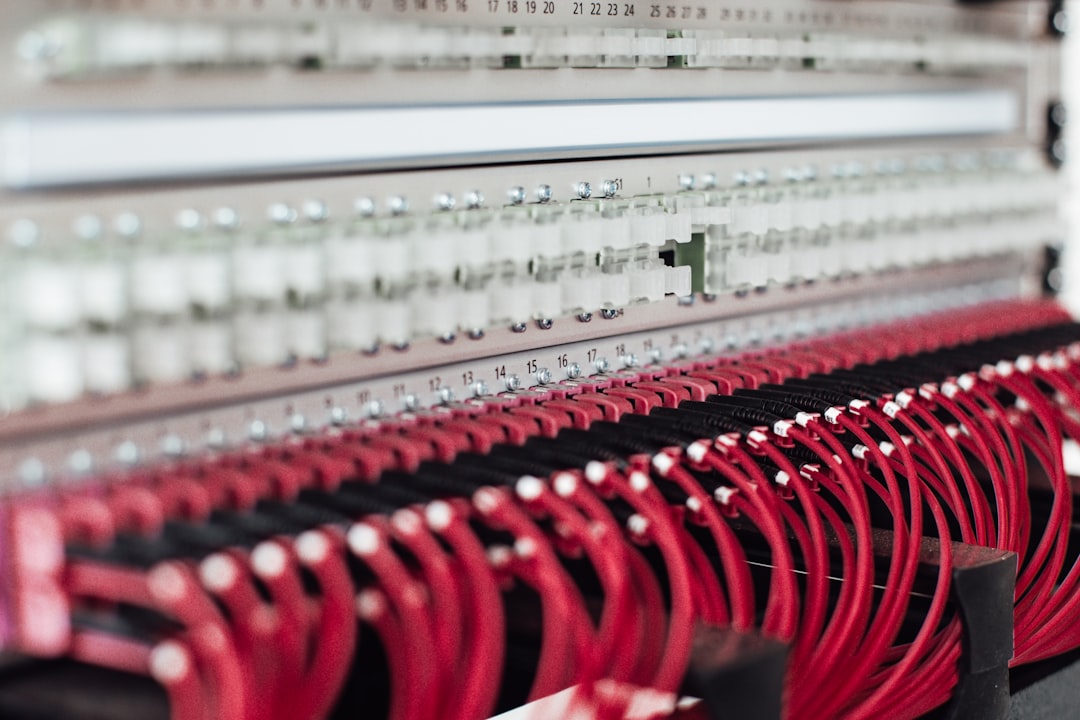Unlock encrypted content
Please enter your SSCE key to initiate on-the-fly decryption.
Decryption key: (Click cancel if you don't have the key)
Copied link to clipboard.
This feature is unavailable for free accounts. Upgrade now and enjoy all Premium benefits.
Go Premium!
This feature is unavailable for free accounts. Upgrade now and enjoy all Premium benefits.
Go Premium!
Please open this page in browser ( Google Chrome or Safari ) to use this feature.
Open In Browser
Li-Fi (Light Fidelity): Revolutionizing Data Transfer Speeds
Random related video for this blog.
Copied share link to clipboard.
While traditional Wi-Fi relies on radio waves, Li-Fi uses visible light and infrared waves to achieve data transfer rates up to 100 times faster. This revolutionary technology has the potential to transform the way we connect to the internet and interact with our devices.
Enhancing Connectivity with Li-Fi
Li-Fi offers several advantages over conventional Wi-Fi. Firstly, its lightning-fast data transfer speeds enable seamless streaming of high-definition videos, online gaming, and real-time communication without any lag. This is particularly beneficial in crowded areas where multiple devices are connected to the same network, as Li-Fi's high bandwidth ensures smooth and uninterrupted connectivity for all users. Moreover, Li-Fi is highly secure as it relies on light waves that cannot penetrate walls. This makes it virtually impossible for hackers to intercept the data being transmitted, enhancing privacy and data security. Additionally, since light waves do not interfere with radio frequencies, Li-Fi can be used in sensitive environments such as hospitals and aircraft without causing any interference.Applications in Various Industries
Li-Fi's high-speed data transfer capabilities have the potential to revolutionize several industries. In healthcare, Li-Fi can enable real-time monitoring of patients' vital signs, allowing healthcare professionals to respond promptly in critical situations. Li-Fi can also be integrated with Brain-Machine Interfaces (BMIs) to facilitate the control of prosthetic limbs or assistive devices, enhancing the quality of life for individuals with physical disabilities. Another industry that can benefit from Li-Fi is 3D printing technology. By using Li-Fi for data transfer, the printing process can be accelerated significantly, reducing production time and increasing efficiency. This can have a profound impact on industries such as manufacturing, architecture, and healthcare, where 3D printing is extensively used.Unleashing the Potential of Autonomous Vehicles
Autonomous vehicles are rapidly becoming a reality, and Li-Fi can play a crucial role in their development.With Li-Fi, vehicles can communicate with each other and with roadside infrastructure in real-time, enabling safer and more efficient transportation systems. Li-Fi's low latency and high bandwidth make it ideal for transmitting large amounts of data, such as high-definition maps and sensor information, between vehicles and the surrounding environment. Furthermore, Li-Fi can enhance the passenger experience inside autonomous vehicles. Passengers can enjoy high-speed internet access, stream content, and communicate with other devices seamlessly, transforming the vehicle into a mobile entertainment and productivity hub.
Revolutionizing Data Storage with Swarm Robotics
Data storage is a critical aspect of our digital lives, and traditional methods are often limited in terms of capacity and security. However, swarm robotics combined with Li-Fi technology can revolutionize data storage as we know it. Swarm robotics refers to the coordination of multiple robots to perform tasks together, and in the context of data storage, it involves using small, autonomous robots to store and retrieve data. These robots, equipped with Li-Fi transceivers, can move around a storage facility, accessing data stored in different locations. Li-Fi enables fast and reliable communication between the robots, allowing them to work in harmony and retrieve data quickly. This approach not only increases storage capacity but also enhances data retrieval speeds, making it a game-changer in the field of data storage.Mind Uploading and the Future of Consciousness
The concept of mind uploading, also known as digital immortality, has long been a topic of speculation and fascination. It refers to the hypothetical process of transferring one's consciousness, thoughts, and memories into a digital format. While still in the realm of science fiction, advancements in technologies like Li-Fi and BMIs bring us closer to the possibility of mind uploading. Li-Fi can play a crucial role in mind uploading by enabling the transfer of vast amounts of data from the human brain to a digital storage medium. With Li-Fi's high-speed data transfer capabilities, it may be possible to capture and upload the intricate details of a person's consciousness. While the ethical and philosophical implications of mind uploading are complex, Li-Fi's potential in this area cannot be ignored.Data Sovereignty and Cloud-Native Applications
As we increasingly rely on digital services and cloud storage, concerns about data sovereignty and privacy have come to the forefront. Data sovereignty refers to the concept of keeping data within the jurisdiction of the country or region in which it was created. With the rise of cloud-native applications, which are designed to run on cloud infrastructure, data sovereignty has become a critical consideration. Li-Fi can address data sovereignty concerns by enabling localized data storage and processing. Instead of relying on centralized cloud servers, Li-Fi can facilitate the creation of distributed computing networks, where data is stored and processed locally on devices. This approach not only ensures data sovereignty but also reduces latency and enhances data privacy.Conclusion
Li-Fi, Brain-Machine Interfaces, 3D printing technology, autonomous vehicles, swarm robotics, document storage, mobile app integration, mind uploading, data sovereignty options, and cloud-native applications are just a few examples of the groundbreaking technologies shaping our future. With their potential to enhance connectivity, revolutionize industries, and transform the way we store and transmit data, these technologies offer exciting possibilities for innovation and progress. As we embrace these advancements, it's crucial to consider the ethical, social, and legal implications they bring. Balancing technological progress with responsible implementation is key to harnessing the full potential of these technologies while ensuring a sustainable and inclusive future.Frequently Asked Questions (FAQs)
Question: How does Li-Fi differ from Wi-Fi? Answer:
Li-Fi uses visible light and infrared waves to transmit data, while Wi-Fi relies on radio waves. Li-Fi offers significantly faster data transfer speeds and enhanced security compared to Wi-Fi.
Question: What are the advantages of using Li-Fi in autonomous vehicles? Answer:
Li-Fi enables real-time communication between autonomous vehicles and roadside infrastructure, enhancing safety and efficiency. It also provides high-speed internet access and seamless connectivity for passengers.
Question: Can Li-Fi be used for mind uploading? Answer:
Li-Fi's high-speed data transfer capabilities make it a potential candidate for mind uploading. However, the concept of mind uploading is still in the realm of speculation and raises complex ethical and philosophical questions.
Case Studies 1. Company XYZ: Implementing Li-Fi for Enhanced Connectivity Company XYZ, a leading technology company, implemented Li-Fi in their office spaces to enhance connectivity and improve productivity. With Li-Fi, employees experienced faster internet speeds, enabling them to collaborate seamlessly and access cloud-based applications without any lag. The implementation of Li-Fi resulted in a significant boost in overall efficiency and employee satisfaction. 2. Hospital ABC: Leveraging Li-Fi for Real-Time Patient Monitoring Hospital ABC integrated Li-Fi with their existing patient monitoring systems to enable real-time monitoring of vital signs. By using Li-Fi-enabled wearables, healthcare professionals could receive instant updates on patients' conditions, allowing for prompt interventions when necessary. The implementation of Li-Fi in the hospital led to improved patient outcomes and enhanced healthcare delivery. 3. Manufacturing Company DEF: Accelerating 3D Printing with Li-Fi Manufacturing Company DEF incorporated Li-Fi technology in their 3D printing processes to accelerate production and reduce time-to-market. By utilizing Li-Fi for data transfer, they achieved faster printing speeds and improved efficiency. This allowed the company to meet customer demands more effectively and gain a competitive edge in the market. In conclusion, Li-Fi, along with other emerging technologies, holds immense potential to transform various industries and revolutionize the way we interact with data. From enhancing connectivity to improving data storage and transmission, these technologies pave the way for a future that is faster, more secure, and more connected. For more information on secure and efficient data storage, visit FileLu.
By Amelia Isabella
Email: [email protected]
Related
Revolutionizing File Management with Blockchain Data Storage and Advanced Metadata...
June 3, 2023
Read More
Popular
Exploring the Intersection of Technology: From Cybersecurity to Augmented Reality...
November 16, 2025
Read More
The Future of Technology: Exploring Biohacking, Space Tourism, and Digital...
November 23, 2025
Read More
The Future of File Sharing: Streamlined Workflows for Photographers and...
November 19, 2025
Read More
Exploring the Benefits of Cloud Storage and Innovative Technologies in...
November 26, 2025
Read More
The Future of Digital Transformation: Exploring Smart Homes, Efficient File...
November 30, 2025
Read More
Latest
The Future of Digital Transformation: Exploring Smart Homes, Efficient File...
November 30, 2025
Read More
Exploring the Benefits of Cloud Storage and Innovative Technologies in...
November 26, 2025
Read More
The Future of Technology: Exploring Biohacking, Space Tourism, and Digital...
November 23, 2025
Read More
The Future of File Sharing: Streamlined Workflows for Photographers and...
November 19, 2025
Read More
Exploring the Intersection of Technology: From Cybersecurity to Augmented Reality...
November 16, 2025
Read More
The Future of File Management: Embracing Edge Computing and Efficient...
November 12, 2025
Read More
The Future of File Sharing: Exploring User-Friendly Solutions and Data...
November 5, 2025
Read More
The Future of Cloud Storage: How FileLu Empowers Creative Professionals...
November 2, 2025
Read More
The Future of Autonomous Technologies: Innovations in Robotics, File Sharing,...
October 29, 2025
Read More
Emerging Technologies Revolutionizing File Management: From Li-Fi to Robust Collaboration...
October 26, 2025
Read More
Emerging Technologies: Exploring the Impact of File Access Auditing, Genetic...
October 19, 2025
Read More
The Future of Data Storage: Exploring Advanced Encryption, Mobile Integration,...
October 5, 2025
Read More
Exploring the Future of Data Management: Security, Efficiency, and Cognitive...
September 28, 2025
Read More
Revolutionizing Data Management: Innovations in Storage, Security, and Sustainable Technology.
September 24, 2025
Read More

























